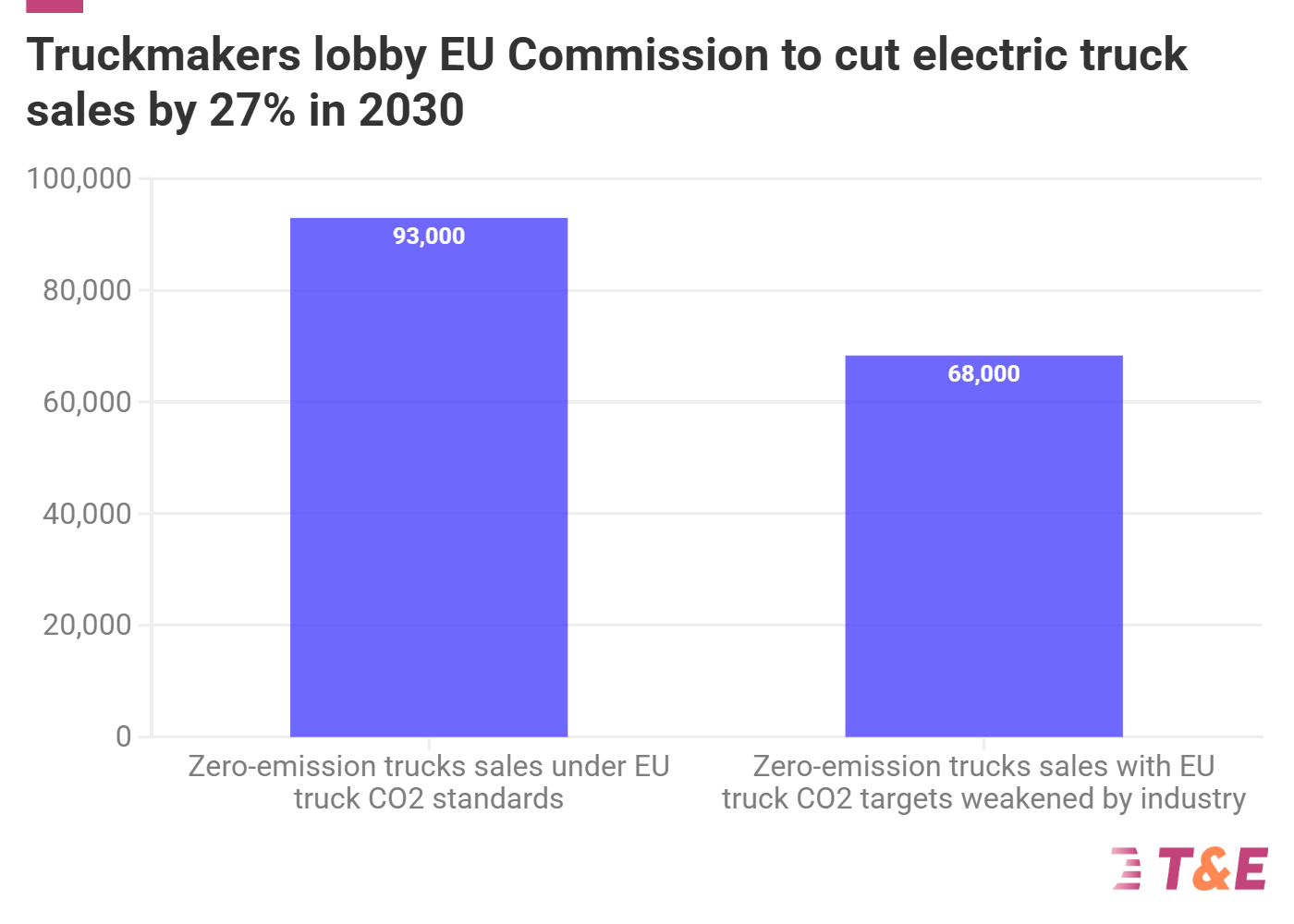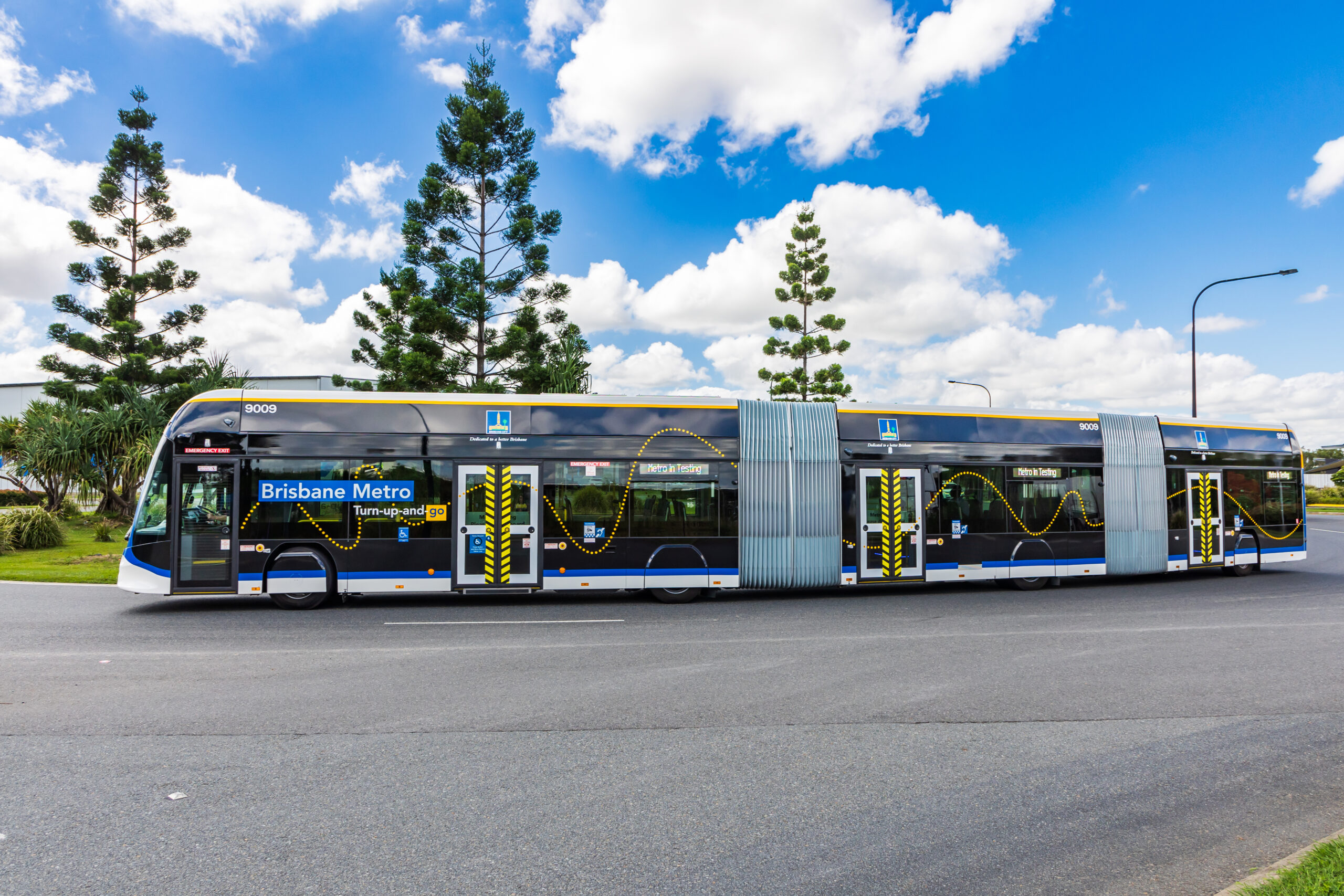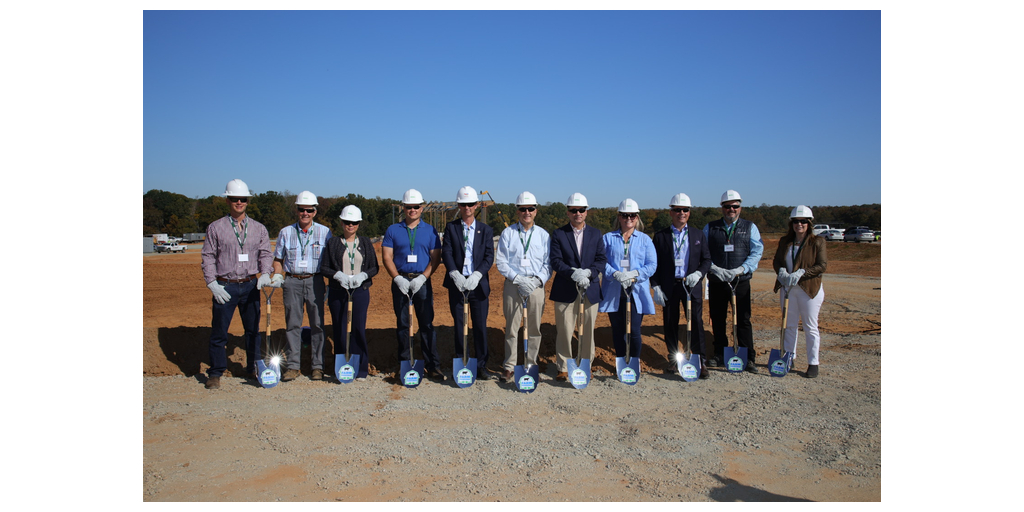Support CleanTechnica’s work through a Substack subscription or on Stripe.
Scania, MAN, Volvo Trucks, Daimler, IVECO and Ford sent a letter to EU Commissioners asking to delay Europe’s transition to zero emission trucks.
Truckmakers have sent a letter to EU Commissioners urging them to amend the truck CO2 Regulation. Their demand would allow them to generate emissions credits, undermining the ambition level of the regulation. This could delay production and reduce sales of zero emission trucks (ZETs) by 27% in 2030, according to T&E analysis.
This weakening would be a significant setback for logistics companies that are waiting for e-truck prices to come down. Rolling back on already agreed targets to produce electric trucks would create investment uncertainty for Europe’s charging infrastructure industry and risk European truckmakers losing out to Chinese competitors.
Stef Cornelis, freight and fleet director said “Truckmakers want to give the impression that this is just about a small adjustment, but the opposite is true. It would mean a major rollback of Europe’s plans to decarbonise trucks and cut sales of e-trucks by almost a third in 2030. They are creating huge investment uncertainty for the charging infrastructure and power sector who need to start building grids and charging infrastructure today. The trucking industry claims that lack of charging infrastructure is the main bottleneck but how do they expect a power company to invest if they are now rolling back on their own commitments? The European Commission should hold the line. The more Europe and our truckmakers delay the transition, the more we risk losing the market to Chinese competitors.”
Note: This is a T&E modelling of the potential impact of scrapping the linear emission reduction trajectory on zero-emission truck uptake. The analysis assumes OEM ramp up sales up to 2029 as usual to prepare for the 2030 -43% CO2 target, but then use the resulting windfall credits to ease compliance in 2030, 2031, and 2032. The credits banked in 2026–2028 are used in 2030, while the credits banked in 2031–32 are used in 2031 and 2032.
News release courtesy of T&E.
Sign up for CleanTechnica’s Weekly Substack for Zach and Scott’s in-depth analyses and high level summaries, sign up for our daily newsletter, and follow us on Google News!
Have a tip for CleanTechnica? Want to advertise? Want to suggest a guest for our CleanTech Talk podcast? Contact us here.
Sign up for our daily newsletter for 15 new cleantech stories a day. Or sign up for our weekly one on top stories of the week if daily is too frequent.
CleanTechnica uses affiliate links. See our policy here.
CleanTechnica’s Comment Policy





